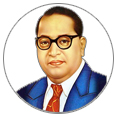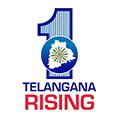The Trajectory
The four decades of trajectory may be broadly divided into two phases of The Early Years or the First Phase (from 1982 to 1993) and The Campus Years or the Second Phase (from 1994 to Present). The first phase of early years is a period of excitement, experimentation and uncertainty. During this period, the University functioned from a rented accommodation in Somajiguda and surrounding areas in Hyderabad. The Campus Years of the Second Phase begins in 1994, with the shifting of University to its own campus in Jubilee Hills, Hyderabad. The Second Phase is the phase of growth, consolidation and development. Below is a brief overview of important developments in these two phases.
The Early Years (1982-93): The Tipping Points
The first Open University was established in Andhra. At the national level the idea of starting an Open University has been under consideration since December, 1970. It was in that year that the Ministry of Education has organized a Seminar under the Chairmanship of Prof. D.S. Kothari. Later in 1970s a project report was prepared by a committee under the chairmanship of Mr. G. Pardhasarathy. But nothing has happend at the National Level till 1985. At the State level in 1978, the then Education Minister Mr. Bhavanam Venkataram, based on discussion with Prof. G. Ram Reddy, the then Vice Chancellor of Osmania University, evinced a keen interest in the concept of Open University. There was a change in the Ministry at the State level in February 1982 and the then Education Minister Mr. Bhavanam Venkataram became the Chief Minister. He was in position of Chief Ministership only for a short period between February to September 1982. During that short period he has taken all steps for the establishment of Open University with the active academic support of Prof. G. Ram Reddy. The University was inaugurated by steps the then President of India Mr. Gyani Jail Singh on 26th August at Nagarjunasagar. Though the political necessity to find ways of meeting the increasing social demand for higher education, desire to make higher education cost effective and the example of British Open University in the use of technology for education are the major driving forces for its establishment, the tipping point or the threshold moment was the Chief Ministership of Mr. Bhavanam Venkataram. At that time the Chief Minster also has decided to locate its headquarters at Nagarjunasagar and got it inaugurated at that place.
There was a change in the Ministry in September 1982 and Mr. K. Vijaya Bhaskara Reddy, became the Chief Minister and Prof. G. Ram Reddy was appointed as Vice-Chancellor in November, 1982. Prof. G Ram Reddy could persuade the new Chief Minister on the desirability of making Hyderabad as the University Headquarters in view of better connectivity and the availability of wide range of educational and technological resources. The Government being convinced of the reasons, has made Hyderabad, the headquarters of the University. The wise decision of the then Government made at significant difference in the functioning of the University. In India we have examples of many Open Universities facing locational disadvantages, because of political decision on headquarters location. The tipping point for the change of headquarters of University from Nagarjunasagar to Hyderabad was the change of Chief Ministership. That is how we are in Hyderabad today. The wisdom of political masters and the coincidence of many contextual factors contributed for the establishment of first University in Andhra Pradesh and its location in Hyderabad. It is the beginning of a new phase in higher education in India.
The University has started its operations in November, 1982 with the appointment of first Vice-Chancellor on 18 November, 1982. Its operations initially have started, in a private rented building with two persons; Vice Chancellor and his PA brought on deputation from Osmania University. Later in 1983, the University was shifted to a Government building in Somajiguda and started its under-graduate academic programmes of B.A., B.Com and B.Sc in 1983-84. It is a record in the Open Universities' history that a University could start its academic operations within six months of its establishment, Launching Science degree programme through distance mode was a bold initiative at that point of time. The University in 1985, first time in ODL system has launched a professional programme in Library and Information Science, another bold initiative at that time. In 1993, another professional programme, Master of Business Administration was launched. Initially the University has started functioning with a few academic staff, mostly brought on deputation from other Universities and a small number of support staff appointed on contract basis. The staff was initially engaged in multiple tasks, blurring the distinctions of academic and administrative tasks. In later years regular academic and administrative staff was recruited. Most of the academic staff recruited in the early period had some experience in conventional system, which brought more credibility and experience to the operations of the Open University system.
During the 11 years early phase, the University mostly functioned from rented accommodation in Somajiguda and launched a number of programmes, developed a network of student support services and most importantly designed and developed quality self learning materials. Large number of distinguished academics and practitioners were engaged in the development of self learning materials and staff of conventional colleges were engaged in providing learner services. The University has tried to reach to large numbers at minimum costs by extensively using the available educational resources of the conventional system. The internal staff and external resource persons' enthusiasm of participating in a new experiment of democratization of education helped the University to overcome many limitations of physical, financial and human resources. Another significant development in early years of the University is re-naming of the University as Dr. B.R. Ambedkar Open University in 1991, on the occasion of Dr. Ambedkar's birth centenary.
The Campus Years (1994 to Present): The Development Phase
The present campus location and subsequent developments have their own tipping points. Initially, Government allotted around 120 acres of land at Vanasthalipuram, the outskirts of eastern part of Hyderabad. Prof. C. Narayana Reddy, the then Vice Chancellor and Prof. V. Nagaraja Naidu, the then Registrar have used their contacts with the then Chief Minister Mr. N.T. Rama Rao and others who matter in Government for allotment of the 54 acres of Government land at Jubilee Hills to the University. Prof. C. Narayana Reddy rhythmic style used to say that we have moved the University from "Vanasthalipuram to Janasthalipuram'. This is another tipping point in the evolving life of the institution. The foundation stone for the new campus was laid by Mr. N.T. Rama Rao on 1st June 1986. It took nearly 8 years for construction of new buildings in the campus. Prof. S. Bashiruddin the then Vice Chancellor (1992 - 95) ably assisted by Er. V. Raghavan, Consultant and technical advisor (retired Chief Engineer R&B, Govt. of AP) and internal engineering team led by Er. B. Lakshmi Prasad, gave a big push to the process of completion of construction of buildings and shifting to the new campus in 1994. The new campus was inaugurated on 31st August, 1994 by the then Prime Minister of India Mr. P.V. Narasimha Rao, heralding a new chapter in the life of the University.
The present campus location and subsequent developments have their own tipping points. Initially, Government allotted around 120 acres of land at Vanasthalipuram, the outskirts of eastern part of Hyderabad. Prof. C. Narayana Reddy, the then Vice Chancellor and Prof. V. Nagaraja Naidu, the then Registrar have used their contacts with the then Chief Minister Mr. N.T. Rama Rao and others who matter in Government for allotment of the 54 acres of Government land at Jubilee Hills to the University. Prof. C. Narayana Reddy rhythmic style used to say that we have moved the University from "Vanasthalipuram to Janasthalipuram'. This is another tipping point in the evolving life of the institution. The foundation stone for the new campus was laid by Mr. N.T. Rama Rao on 1st June 1986. It took nearly 8 years for construction of new buildings in the campus. Prof. S. Bashiruddin the then Vice Chancellor (1992 - 95) ably assisted by Er. V. Raghavan, Consultant and technical advisor (retired Chief Engineer R&B, Govt. of AP) and internal engineering team led by Er. B. Lakshmi Prasad, gave a big push to the process of completion of construction of buildings and shifting to the new campus in 1994. The new campus was inaugurated on 31st August, 1994 by the then Prime Minister of India Mr. P.V. Narasimha Rao, heralding a new chapter in the life of the University.
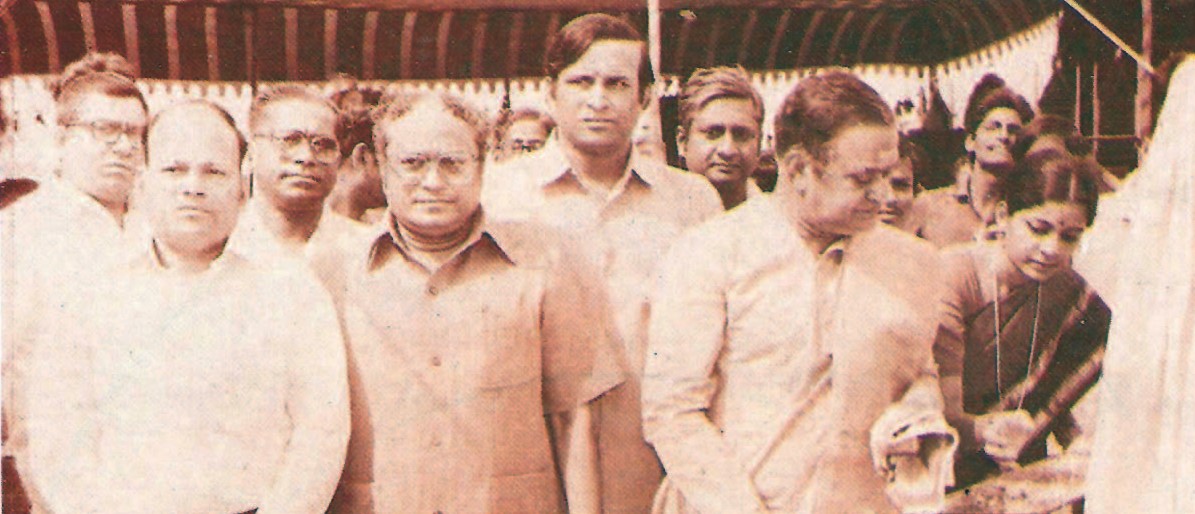
Ground Breaking Ceremony (Bhoomi Pooja)
by Dr.N.T. Rama Rao, Chief Minister on June 1, 1986
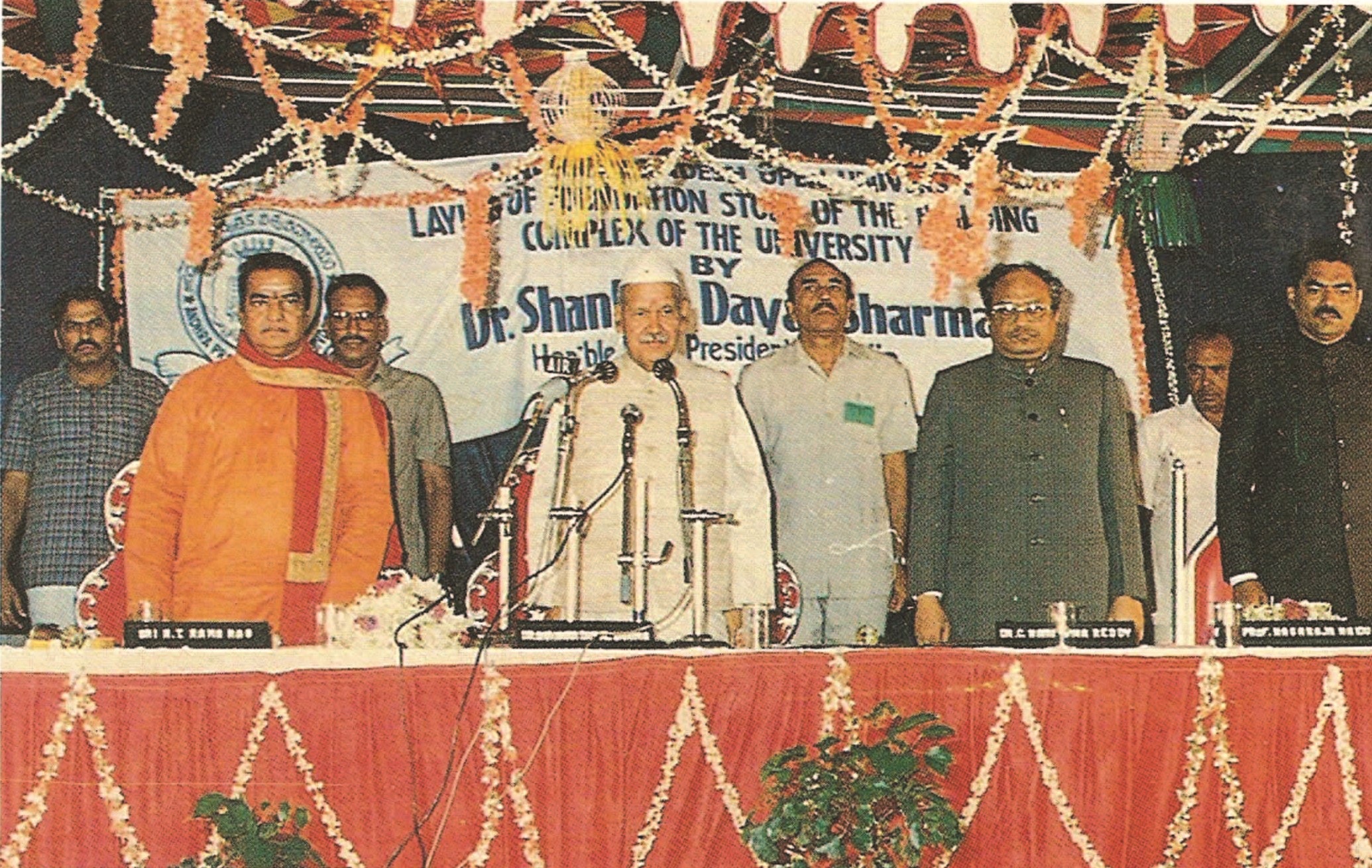
Laying of Foundation Stone for the Campus by Dr.Shankar Dayal Sharma
Vice-President of India on July 2, 1988
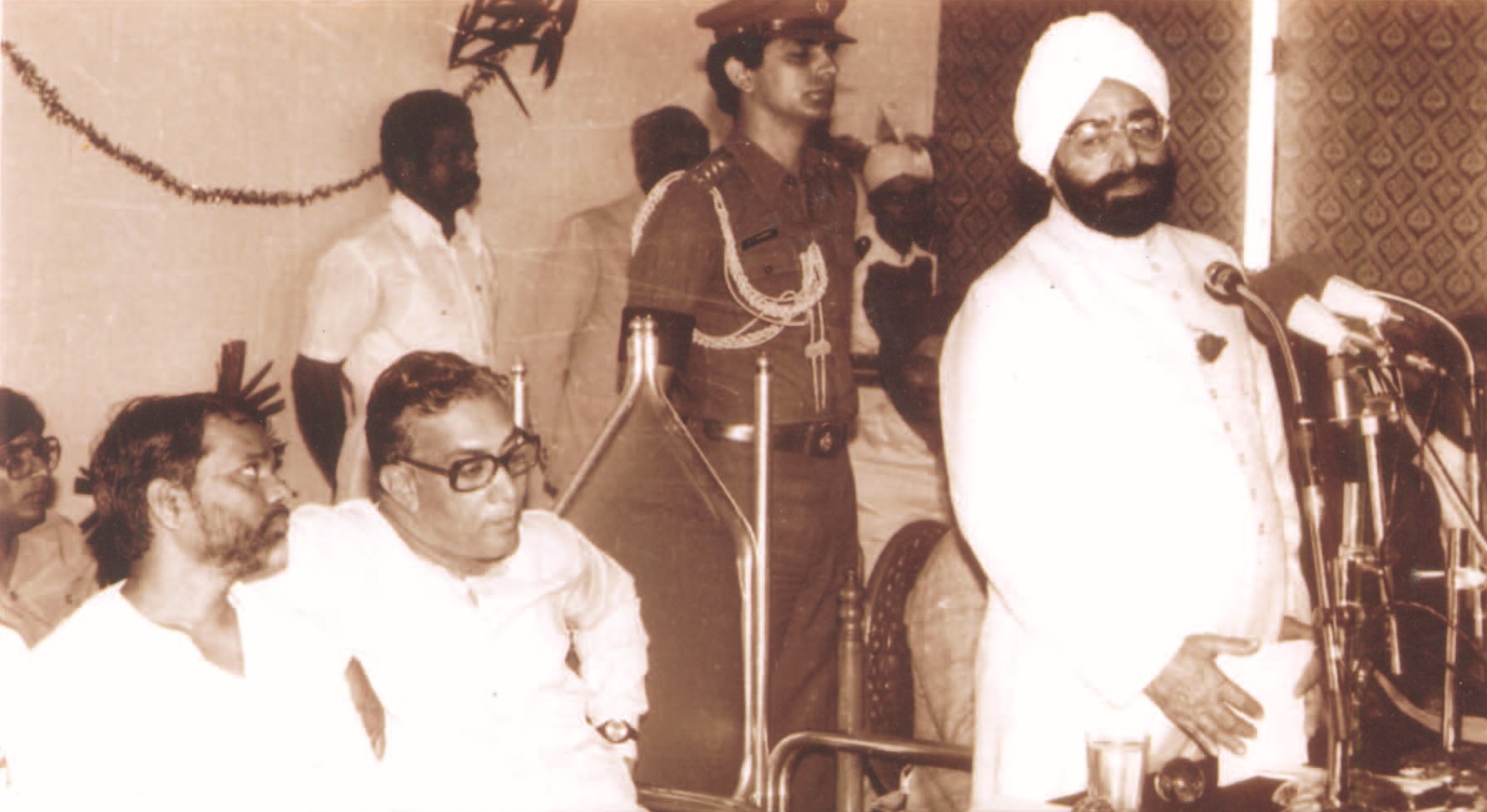
University Inauguration by Sri Gyani Zail Singh, President of India
on August 26, 1982

Inauguration of the New Campus at Jubilee Hills by
Sri P.V.Narasimha Rao, Prime Minister of India on August 31, 1994.
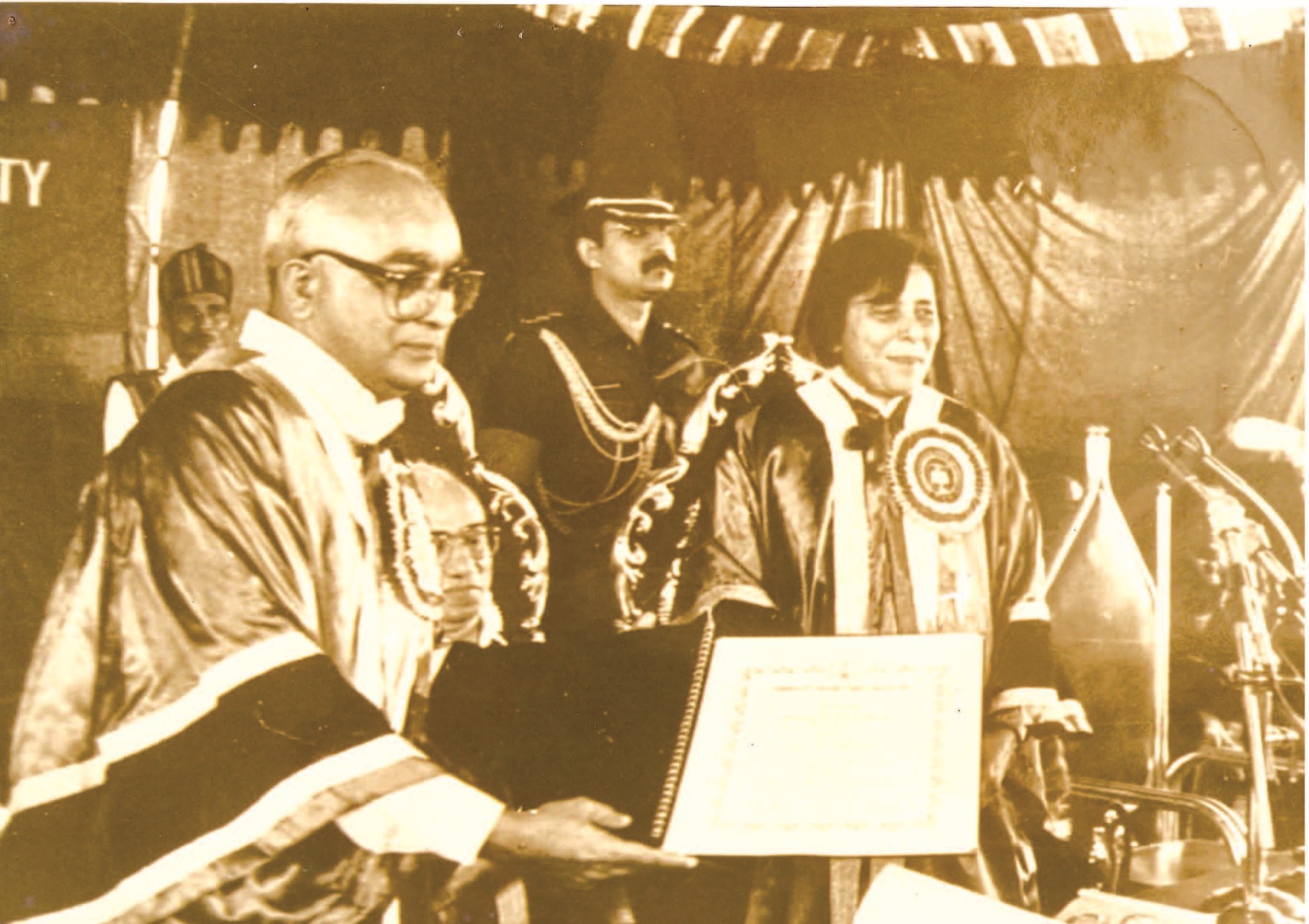
Prof. G. Ram Reddy, Founder Vice-Chancellor receiving
Honorary Doctorate from the Chancellor
at the First Convocation held on March 29, 1987
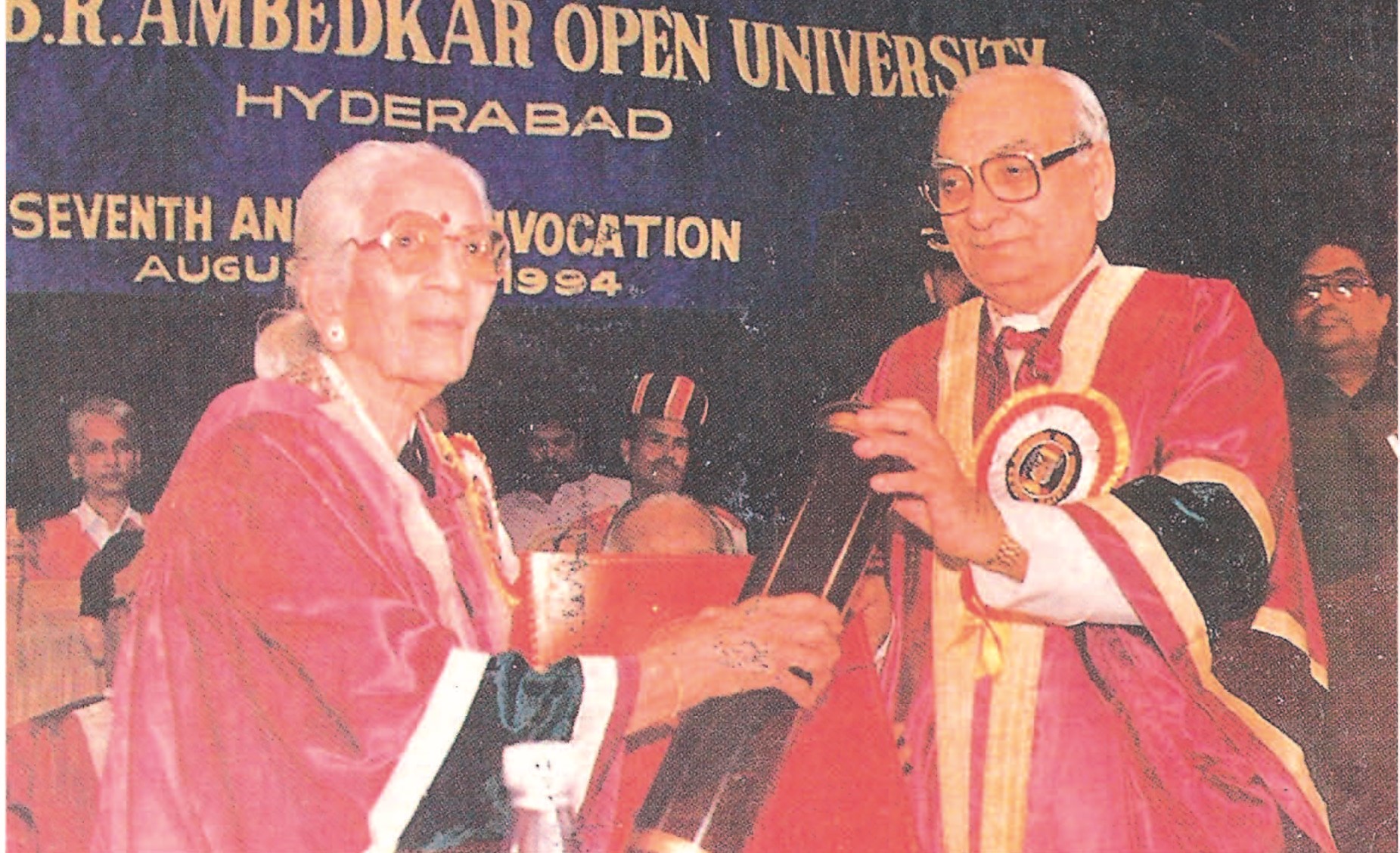
Dr. (Smt.) Savita Bhimrao Ambedkar receiving
Honorary Doctorate From the Chancellor
at the Seventh Convocation held on August 23, 1994


